Post-traumatic stress disorder (PTSD) is a mental health condition that can develop after a person experiences or witnesses a traumatic event, such as an accident, assault, or natural disaster. PTSD recovery can be done by observing symptoms of posttraumatic stress disorder including flashbacks, nightmares, severe anxiety, and intrusive thoughts about the event, which can greatly impact a person’s ability to function in everyday life. Treatment for PTSD often includes various therapeutic approaches, medication, and crucially, the presence of a strong and supportive network.
A supportive network, consisting of friends, family members, and mental health professionals, plays a pivotal role in the recovery process for individuals with PTSD. Social support can help mitigate the effects of trauma by providing trauma survivors with a safe environment for sharing experiences, discussing emotions, and developing effective coping strategies. This type of support can contribute to increased resilience, self-compassion, and lasting healing, significantly improving an individual’s chances of recovery from PTSD.
In addition to emotional support from a professional therapist, practical assistance from a supportive network can help those with PTSD navigate the often-challenging journey of seeking treatment and managing daily life tasks. By offering encouragement, understanding, and advocacy, a solid support system can enhance an individual’s overall well-being and promote a more rapid and sustainable recovery from PTSD.
Understanding PTSD
Symptoms of PTSD
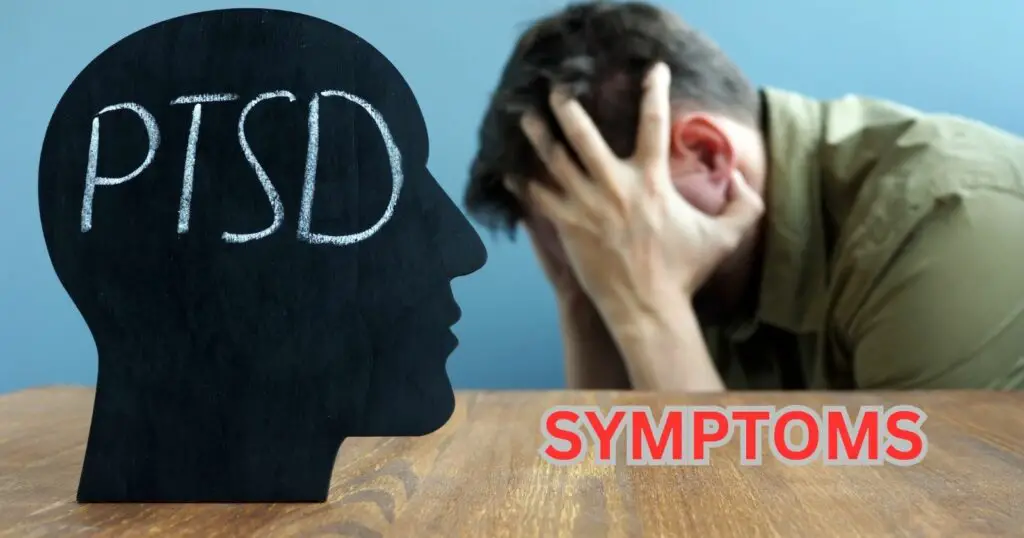
Post-traumatic stress disorder (PTSD) is a serious mental illness or health condition that can develop after experiencing or witnessing a traumatic event. Some common symptoms of PTSD include:
- Flashbacks and intrusive memories of the event
- Avoidance of reminders of the trauma, such as places, people, and objects
- Negative changes in mood and cognition, such as difficulty feeling positive emotions, distorted beliefs about oneself, and memory problems
- Increased arousal and reactivity, such as being easily startled, difficulty sleeping, and irritability
These symptoms can significantly impact a person’s daily life, sleep problems and overall well-being. It is crucial to recognize and address these symptoms to begin the recovery process.
Traumatic Events

A wide range of traumatic events can lead to PTSD, including but not limited to:
- Natural disasters, such as earthquakes, hurricanes, and floods
- Human-caused catastrophes, such as acts of terrorism and war
- Personal events, such as physical or sexual assault, car accidents, or the sudden death of a loved one
It is important to note that not everyone who experiences a traumatic event will develop PTSD. Factors such risk factors such as individual resilience, level of social support, and personal and family history can all play roles in determining the likelihood of developing PTSD.
Post-Traumatic Stress Disorder (PTSD) Diagnosis
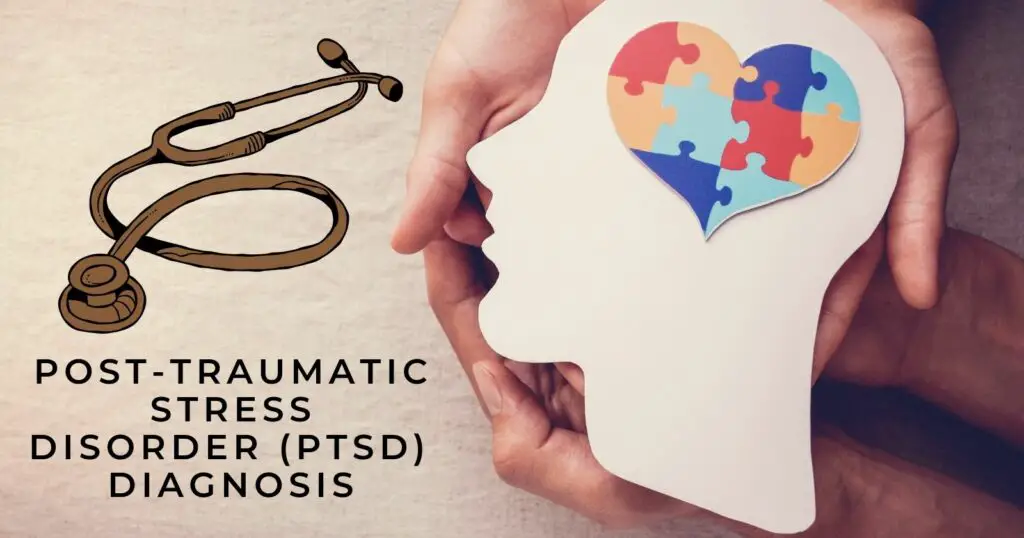
A PTSD diagnosis typically involves a thorough evaluation by a mental health professional. They will assess the individual’s symptoms, how long they have persisted, and the impact on their daily life. Several screening tools can aid in the identification of PTSD, such as the PTSD Checklist for DSM-5 (PCL-5).
When seeking treatment for PTSD, it’s essential to consult a professional experienced in trauma-focused therapies. Proper intervention and support can significantly ease symptoms and improve recovery outcomes, leading to a better quality of life for those affected by PTSD.
Importance of Support Networks
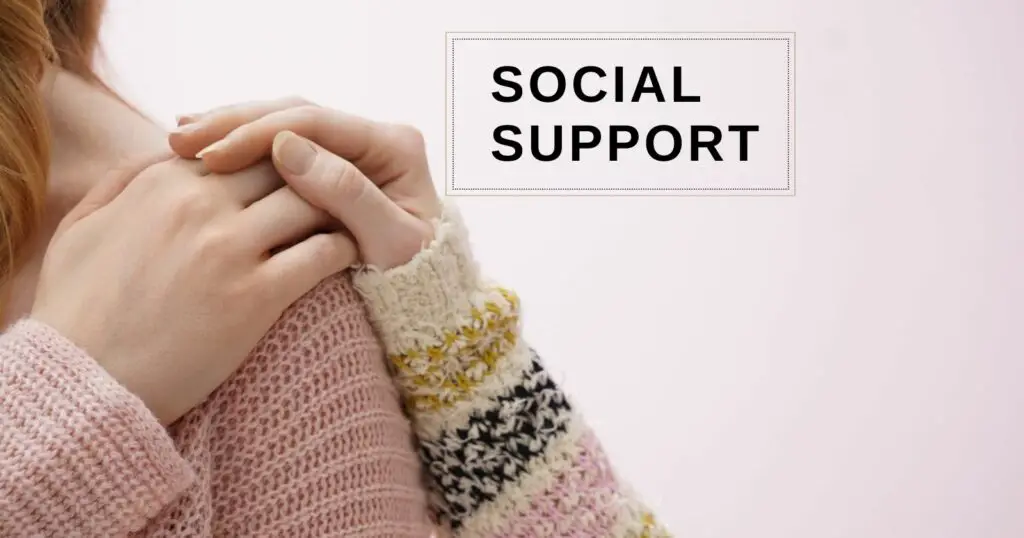
Social and support group plays a crucial role in the recovery process of individuals with PTSD. It has been found that positive social support of high quality can enhance resilience to stress and reduce the functional consequences of trauma-induced disorders, such as PTSD. By having a reliable circle of friends, colleagues, or support groups, individuals can better cope with their symptoms, cope, and improve their overall well-being.
Family and Relationships

Family and relationships are essential components of a strong support network. A stable and nurturing family environment can help individuals with PTSD feel a sense of belonging, security, and emotional support. Strengthening family member bonds can contribute significantly to reducing symptoms and promoting recovery. It also helps to involve family members in the recovery process, as this enables them to better understand PTSD and offer the necessary support to their loved ones as they navigate the challenges of their condition.
Community Involvement
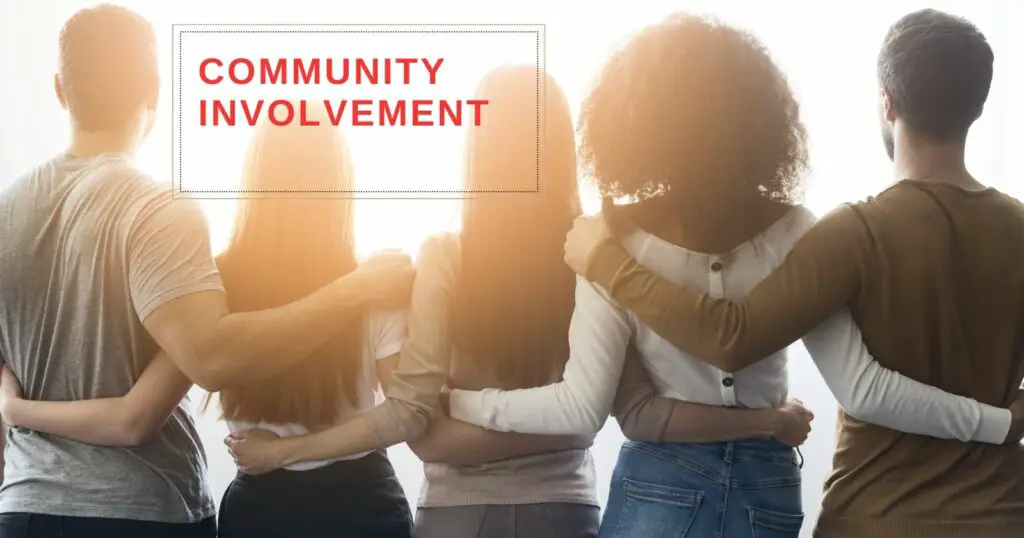
Community involvement can make a positive impact on an individual’s PTSD recovery process. Through active participation in community programs, support groups, and volunteering, individuals with PTSD can build connections with others who share similar experiences, thereby reducing feelings of social isolation. Moreover, community involvement can offer a sense of purpose and accomplishment, which can be significant factors in promoting mental health recovery and overall well-being.
In summary, research shows that the support networks comprising social support, family therapy and relationships, and community involvement, have a substantial impact on the recovery process of individuals with PTSD. Building and maintaining a strong support network is therefore essential in promoting mental health recovery and ensuring long-term resilience for individuals affected by trauma.
Roles of Caregivers and Therapists
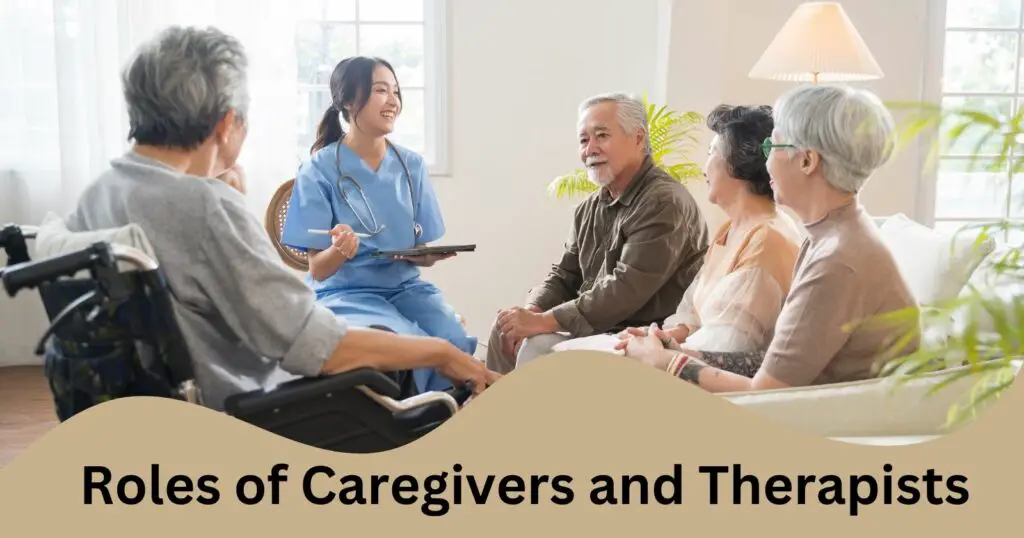
Listening and Communication Skills
Good communication is essential in the recovery process for people with PTSD. Caregivers and therapists play a crucial role in actively listening to the concerns and experiences of those affected. Building a strong rapport and trust between the patient and their support network helps create a safe environment for open communication.
Some key listening and communication techniques include:
- Active listening: Engaging fully in the conversation, showing empathy, and asking clarifying questions.
- Non-verbal communication: Showing attentiveness through body language, like maintaining eye contact and nodding in understanding.
- Reflecting: Repeating or paraphrasing what the person said to confirm understanding and encourage dialogue.
Treatment Options

Professional therapists can provide various treatment options for PTSD patients. Evidence-based treatment includes:
- Psychotherapy: One-on-one sessions with a licensed mental health professional, which may include cognitive-behavioral therapy (CBT), exposure therapy, or eye movement desensitization and reprocessing (EMDR).
- Medication: Antidepressant medications, such as selective serotonin reuptake inhibitors (SSRIs) or serotonin-norepinephrine reuptake inhibitors (SNRIs), can help control symptoms and improve daily functioning.
- Alternative Therapies: Yoga, meditation, or art therapy may offer complementary benefits alongside traditional treating ptsd methods.
Caregivers should consult with health care providers and the therapist to understand the chosen treatment plan and support the patient’s progress and ongoing process.
Support Groups
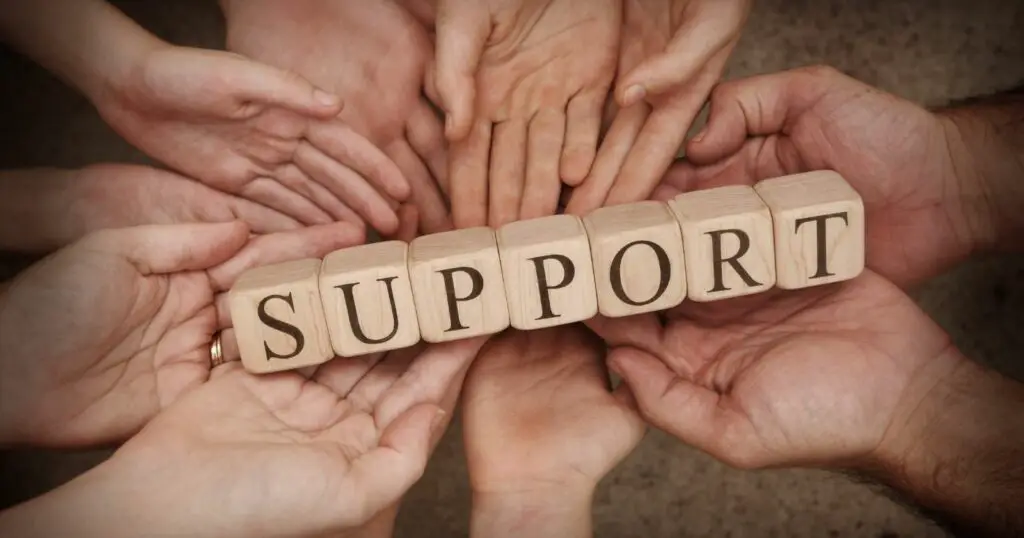
Support groups provide a valuable resource for addressing the emotional challenges associated with PTSD. They offer a sense of community for patients, caregivers, and therapists to share insights, challenges, and coping strategies. Find resources in the U.S., resources in the UK, and resources in Australia, to connect with PTSD support groups. In these settings, individuals with PTSD can:
- Share personal experiences and insights in a non-judgmental atmosphere.
- Learn effective coping strategies and build resilience through peer connection.
- Enhance self-awareness and gain insights from the experiences of others.
Caregivers can benefit from joining dedicated support groups to help manage the demands of caregiving and the potential impact on their mental and physical health. Patients and caregivers engaging in support groups can bolster the recovery process and foster a sense of belonging within the PTSD community.
Factors Affecting PTSD Recovery
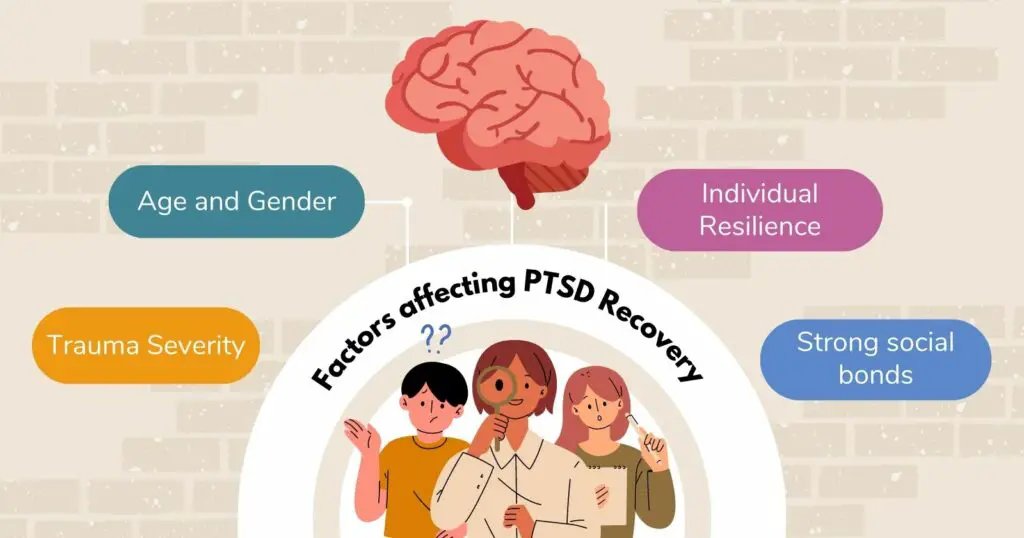
Age and Gender
Age and gender have been found to play a significant role in PTSD recovery. Studies have shown that females are more susceptible to developing PTSD as compared to males. Moreover, younger individuals have been observed to recover faster than older adults. This difference in recovery rates may be attributed to the distinct biological responses and coping mechanisms that vary across different age groups and genders.
Trauma Severity
The severity of the traumatic event can heavily influence the recovery process for an individual with PTSD. Generally, individuals exposed to human-generated traumatic events carry a higher risk of developing PTSD than those exposed to natural disasters or accidents. Consequently, the higher the risk factors the severity of the trauma, the more challenging and lengthy the recovery process may become.
Individual Resilience
Individual resilience plays a crucial role in PTSD recovery. Resilience refers to the ability of an individual to adapt and bounce back from adverse situations. Factors that contribute to resilience include:
- Personal coping skills
- Social support networks
- Family dynamics and upbringing
- Biological and genetic factors
Individuals with higher levels of resilience usually have:
- Stronger social networks
- Better problem-solving skills
- Healthier family dynamics
- Lower susceptibility to stress
Strong social bonds and a supportive network have consistently been identified as key factors that positively impact PTSD recovery. Social support can come from various sources, including family, friends, community, and mental health professionals. Enhancing individual resilience and providing access to a solid support system are vital elements that facilitate recovery from PTSD.
Strategies for PTSD Recovery
Coping Skills and Self-Care
Coping skills and self-care are essential components of PTSD recovery. Developing a strong supportive network can significantly improve one’s ability to manage stress and maintain mental health. Some essential coping skills and self-care strategies include:
- Regular exercise: Physical activity can help reduce stress and improve overall well-being.
- Sleep: Enough sleep is crucial for emotional regulation and cognitive functioning.
- Social support: Connecting with friends, family, or support groups can provide emotional support and enhance resilience.
- Healthy diet: Eating well and staying hydrated can help maintain physical and mental health.
- Time management: Establishing a daily routine can help manage stress and create a sense of control by spending time on positive things.
Mindfulness and Emotional Regulation
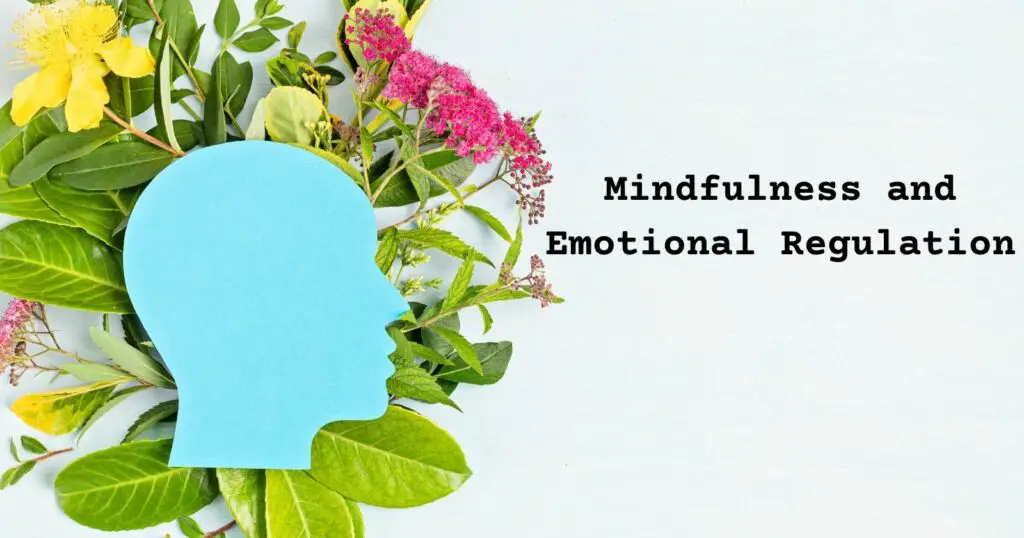
Mindfulness and emotional regulation play vital roles in PTSD recovery by helping individuals become aware of negative thoughts and control their emotional responses to identify triggers. Techniques that can promote mindfulness and emotional regulation include:
- Deep breathing: Focusing on one’s breath can reduce anxiety and stress.
- Progressive muscle relaxation: This technique involves consciously tensing and relaxing different muscle groups to promote overall relaxation.
- Mindful meditation: Regular meditation can help increase self-awareness and emotional control.
- Guided imagery: Visualizing calming scenes can help to regulate emotions and bring a sense of peace.
Pharmacological Interventions
In some cases, pharmacological interventions may be necessary for PTSD recovery. It is essential to work closely with a healthcare provider to determine the most appropriate medication and dosage for each individual’s circumstances. Some common medications used for PTSD treatment include:
- Selective serotonin reuptake inhibitors (SSRIs): These medications are typically prescribed to reduce anxiety and depressive symptoms associated with PTSD.
- Serotonin-norepinephrine reuptake inhibitors (SNRIs): SNRIs can help to improve mood and well-being by increasing the availability of serotonin and norepinephrine in the brain.
- Benzodiazepines: These medications may be prescribed short-term for those with severe anxiety, although caution is needed due to the potential for dependence and cognitive side effects.
- Antipsychotics: In rare cases, antipsychotic medications may be prescribed to help address severe symptoms and comorbid conditions associated with PTSD.
Remember to consult a healthcare professional before starting, stopping, or adjusting any medication, as every individual’s needs and effects may vary.
Challenges and Risks in PTSD Recovery
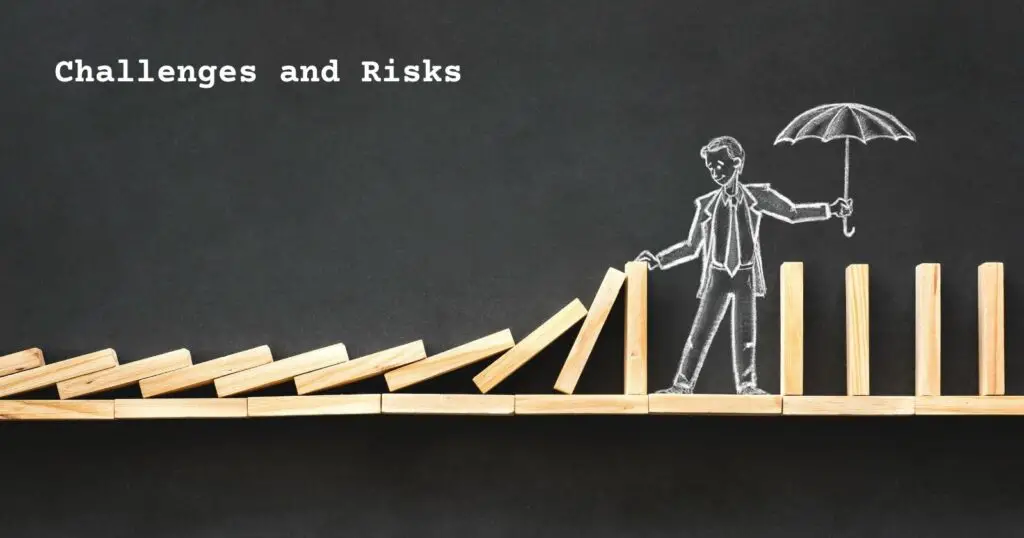
Triggers and Avoidance
Post-traumatic stress disorder (PTSD) recovery can be a challenging process due to the presence of triggers and the tendency to engage in avoidance behaviors. Triggers are specific cues or reminders of the traumatic event, which can cause a person to re-experience the feelings of trauma and stress. These triggers can be anything from sounds, smells, or locations that remind the individual of the last traumatic experience or event.
Avoidance is a common coping mechanism employed by those with PTSD, as they fear and may actively avoid people, places, or situations that remind them of their trauma. While avoidance can provide short-term relief from stress and fear, it can hamper long-term recovery, as it prevents the individual from working through their emotions and processing the traumatic event.
Substance Abuse and Self-Harm
PTSD recovery can also be challenging due to the risk of substance and alcohol abuse and self-harm. Individuals with PTSD may resort to substance use and abuse in order to numb their emotional pain and temporarily escape from their traumatic memories. This can lead to an increased risk of developing addiction and further complicating the recovery process.
Moreover, PTSD can be linked to a higher risk of self-harm and suicidal behaviors. This is particularly concerning, as self-harm can be a dangerous way of coping with emotional pain and may even lead to severe injuries or death. It is important for both individuals and their support networks to be aware of these risks and seek professional help when necessary.
Mental Health Comorbidities
The presence of mental health comorbidities, such as anxiety disorders and depression, can significantly affect the recovery process in individuals with PTSD. Often, these co-occurring disorders can exacerbate PTSD symptoms, hinder treatment progress, and complicate the overall recovery process.
- Anxiety disorders can manifest in various forms, such as generalized anxiety disorder, social anxiety disorder, or panic disorder. These conditions can elevate stress levels and increase the difficulty in managing trauma-related emotions.
- Depression often co-occurs with PTSD and can intensify the feelings of hopelessness, guilt, and sadness experienced by the individual. This can severely affect motivation, making it harder to engage in treatment and work towards recovery.
Acknowledging and addressing these mental health comorbidities is crucial for a comprehensive and effective recovery from PTSD. Professionals treating individuals with PTSD should be aware of potential co-occurring disorders and formulate treatment plans that address both PTSD symptoms and any comorbid mental health problems.

